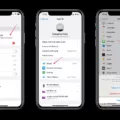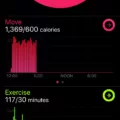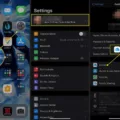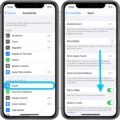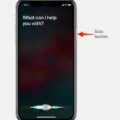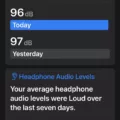As the world becomes increasingly digitized, it’s important to understand how to manage your digital storage. iCloud is Apple’s cloud-based storage platform that allows you to securely store your photos, videos, documents, music, and more. You can access your files from any device with an internet connection and automatic syncing makes sure all your devices are up to date.
Having a good grasp on how iCloud works and understanding how to manage your storage will help maximize the efficiency of the service. This blog post will povide an overview of iCloud Storage and a step-by-step guide on how to empty it.
iCloud Storage is a free service provided by Apple for users who have an Apple ID. It givs you 5GB of free storage which you can use for backups, app data, documents, photos and other types of media. You can upgrade your storage plan for a monthly fee if you need more space. The upgraded plans start at 50GB and go up to 2TB.
When you set up iCloud on your devices, it automatically syncs all of your content across all of them so that they stay up-to-date no matter whre you are or what device you’re using. It also offers end-to-end encryption so that all of your data is kept secure from hackers or malicious attacks.
How To Empty iCloud Storage
If you find yorself running out of space on your iCloud account, here are some steps on how to empty it:
1. Login into icloud.com with your Apple ID and password
2. Click on “Settings” in the top rght corner
3. Select “Manage” uner the ‘iCloud Storage’ section
4. Select “Backup & Archive” from the dropdown menu
5. Select “Delete Backup” undr the ‘Backups’ section
6. Confirm deletion by selecting “Delete Backup” again
7. Repeat steps 5 & 6 for each backup stored in iCloud
8. Go back to Settings > Manage > Archive & Download > Archive Data
9. Select any items that need deleting or archiving
10 Finally click ‘Archive Data’ at the bottom right corner
By followig these steps carefully, you should be able to effectively empty out your iCloud Storage account and make sure everything is organized neatly and securely backed up as necessary!
Viewing Contents of iCloud Storage
To see what’s in your iCloud storage, go to Settings > [your name] > iCloud. On this page, you’ll find a bar graph whih displays your overall storage usage. Tap Manage Storage to get more detailed information. Here, you’ll see a list of apps and features and how much iCloud storage they use. You can also tap an app or feature to see the files and data stored in each one.
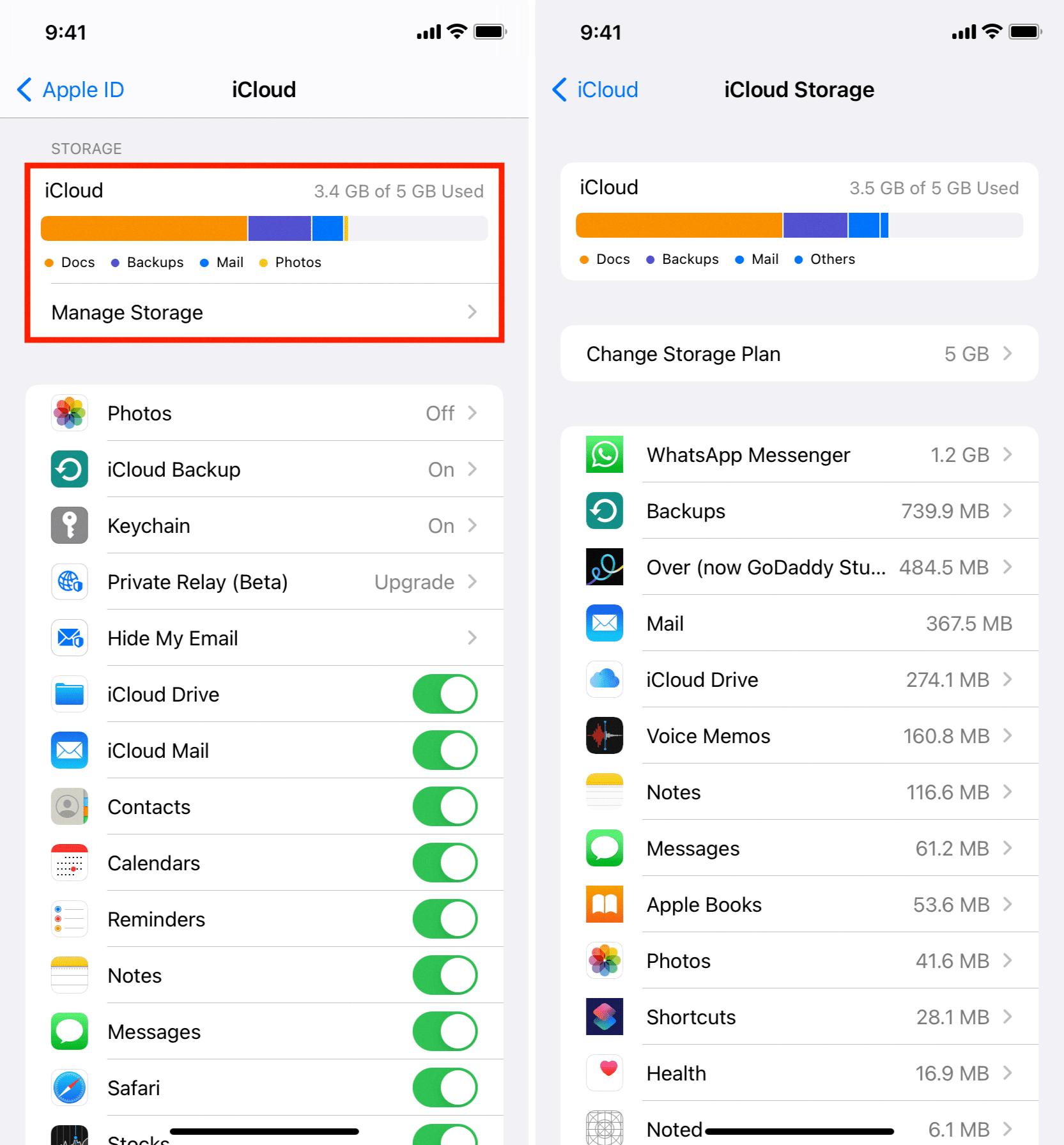
Source: idownloadblog.com
Deleting iCloud Storage Without Losing Photos
To delete iCloud storage without losing photos, you’ll need to first turn off iCloud Photo Library. To do this, open the Settings app on your device, select your name (or Apple ID) at the top of the page, and choose iCloud. Select Photos and toggle off iCloud Photo Library. This will leave a copy of your photos on your device while removing them from the cloud.
Once that’s done, you can free up space in your iCloud account by deleting any unused apps or files stored in iCloud Drive. To do this, go back to the same Settings page where you turned off iCloud Photo Library and select Manage Storage under iCloud. Here you can view all of your apps or files stored in iCloud Drive and delete any items you no longer need.
Finally, if you’re stil looking for more space, you can purchase additional storage through Apple’s subscription service. To do this, go back to the same Settings page with Manage Storage and select Buy More Storage at the bottom of the page.
Freeing Up iCloud Storage on an iPhone
To free up iCloud storage on your iPhone, open the Settings app and tap on your name or profile at the top. From there, select iCloud. On this page, you will see an overview of all the apps that are currenty using iCloud storage. Tap on any of these apps to review the content stored in it and delete any items that you no longer need. You can also manage your backups by tapping Manage Backups at the bottom. Once you delete any unnecessary backups, you’ll instantly free up iCloud storage space.
What Is Stored in iCloud Storage?
ICloud storage allows you to securely store and access your data across all of your Apple devices. It includes informatin such as contacts, calendars, bookmarks, notes, reminders, voice memos, messages in iCloud, iCloud photos, and shared photos. All of this data is synced across all of your Apple devices so that you can always have the latest version of your information no matter where you are. Additionally, iCloud backup creates a secure backup that can be used to restore your device in the event of a problem or loss. Your backups include information and settings stored on your device such as app data, home screen layout and wallpaper settings.
Understanding Why ICloud Storage Is Still Full After Deleting Everything
It is likely that your iCloud storage is still full after deleting everyhing because iCloud still holds backups of your old iOS devices. To delete those files, you can go to the Settings app, tap on “iCloud”, and then tap “Backups”. You can then delete any unwanted backups from your iCloud storage to free up space.
Cleaning Up Storage on an iPhone
To clean up storage on your iPhone, start by opening Settings > General > iPhone Storage. This will show you how much storage is beng used and give you the option to manage it. You can delete downloads and data files from individual apps, uninstall and reinstall apps to clear junk files, and update them at the same time. You can also turn on Optimize Storage in Settings > Photos to save space by automatically deleting original photos when they’re backed up to iCloud. Finally, you can use an external storage solution like iCloud Drive or an external hard drive to store large files like videos or photos that take up a lot of space.
Will Turning Off iCloud Delete My Photos?
No, your photos will not be deleted if you turn off iCloud. If you woud like to keep the photos on your device, make sure to download them from iCloud onto your iPhone before turning off iCloud Photo Library. You can do this by tapping “Download and Keep Originals” in the Photos settings. This will download all of the photos from your iCloud account to your iPhone so that they are not removed if you turn off iCloud Photo Library.
Deleting Photos From iCloud Storage
To delete photos from iCloud storage, first log in to iCloud.com using your Apple ID and password. Once you are logged in, click on the “Photos” tab to see all the photos and videos stored in your iCloud. You can then select the ones you want to delete and click on the trash bin icon. If you have a lot of photos, you can also delete them by moments; just choose a moment and click on “Select” (1). Your photos will be deleted immediately after that. Please note that deleting photos from iCloud storage will also delete them from all othr devices that are connected with the same Apple ID.
Consequences of Deleting iCloud Backup
If you delete your iCloud backup, all of the photos, messages, and app data assciated with it will be permanently removed. Music files, movies, and apps that you have downloaded to your iPhone will not be affected. However, keep in mind that if you ever delete an app from your iPhone and need to download it again from the App Store, the data associated with the app (such as saved levels or game progress) will not be restored unless you had an iCloud backup in place. It’s also important to note that if you restore a new device from an iCloud backup, any existing data on that device will be replaced with the backed up information.
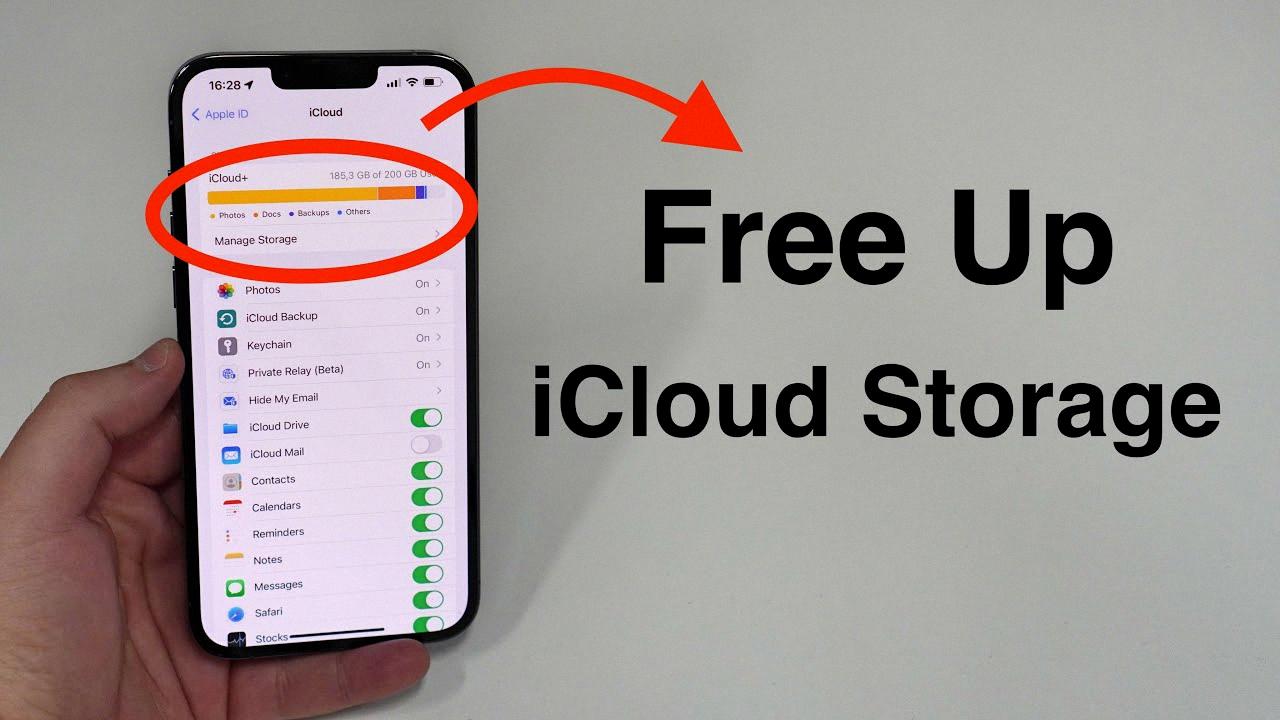
Does Deleting Texts Remove Them From iCloud?
No, deleted texts do not stay on iCloud. When you delete a text message, it is removed from all of your devices and iCloud, including backups. However, if you have an iCloud backup that was created before you deleted the text messages, you may be able to recover them by restoring your iPhone with that backup. If you don’t have an iCloud backup, or if the backup doesn’t contan the deleted messages, then they cannot be recovered.
Understanding Why iPhone Storage Remains Full After Deleting Files
Your iPhone storage may be full even after deleting because some of the files and apps are still saved in your iCloud. When you delete something from your iPhone, it is not automatically deleted from your iCloud. To prevent this from happening, you shold disable the iCloud feature on your iPhone. Go to the Settings on your iPhone and tap on your Apple ID profile. Then tap on the iCloud option and tap on the Photos option. You can then disable the ‘Optimize iPhone Storage’ feature and this will prevent any files from being stored in your iCloud after you delete them from your iPhone.
What Uses Up Storage on an iPhone?
Storage on an iPhone can include a variety of diffrent things, from apps and their content to photos and videos stored in the Photos app. Apps installed on an iPhone will take up some storage space, along with any content that is stored within the “On My iPhone/iPad/iPod touch” directory in the Files app or any files that have been downloaded with Safari. Similarly, photos and videos stored in the Photos app will also take up some storage. Additionally, media such as music, videos, podcasts, ringtones, artwork, and Voice Memos can also contribute to taking up storage space. Lastly, emails and their attachments are also counted as part of the storage taken up on an iPhone.
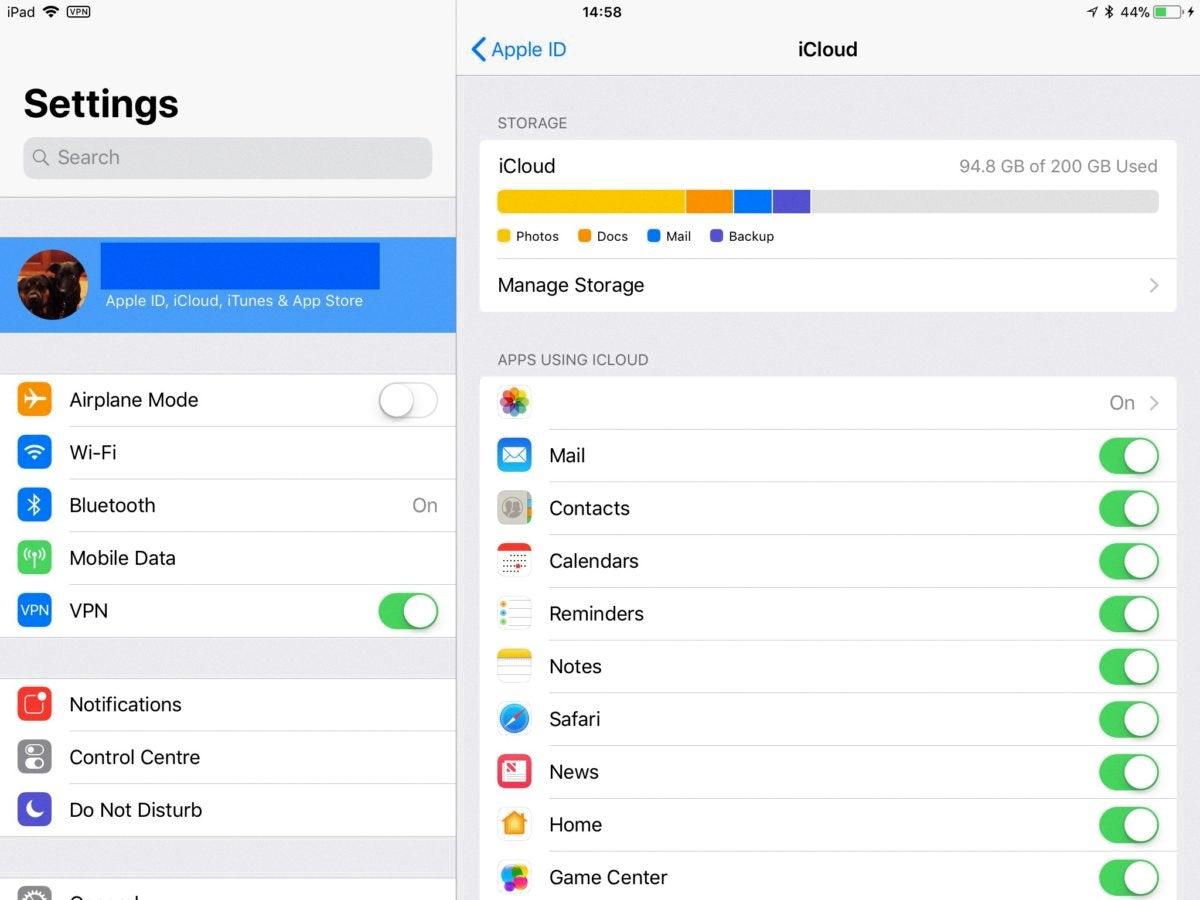
Source: computerworld.com
Does Deleting From iCloud Delete From Phone?
Yes, deleting a photo from your iCloud account will also delete it from your device. This is becaue when you delete a photo from iCloud, it is synchronized across all devices linked to that iCloud account. So any changes made to the content of your iCloud, such as deleting photos, will be reflected on all connected devices.
Viewing Photos Stored in iCloud
To see what photos are in iCloud, open the Photos app and tap the Library tab. From there, you can view your iCloud Photo Library by tapping the Albums tab and selecting “My Albums”. This will show all of your albums that are stored in iCloud. You can also view any shared albums that have been created using iCloud. To find out more information about these photos, you can select an album and tap on the three dots in the upper right corner to see a list of options.
Conclusion
In conclusion, iCloud Storage offers a convenient and secure way to store, access and share your data. It is a cloud-based storage system that allows you to store files such as photos, videos, documents, music and more. It offers automatic backup of all your data so that you don’t have to worry abot losing it in case of any hardware failure or disaster. Additionally, it provides security with encryption technology allowing only authorized users access to the stored information. With its user friendly interface and powerful search capabilities, iCloud Storage makes it easier than ever for users to keep their data safe and secure.

